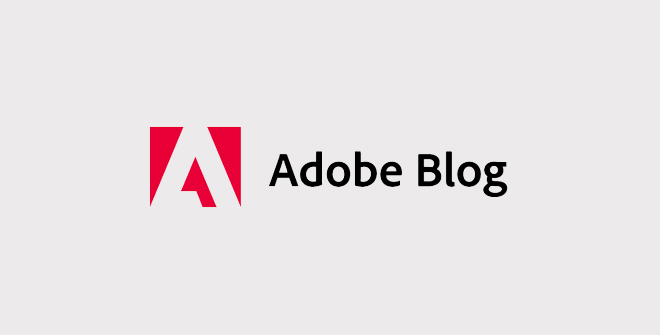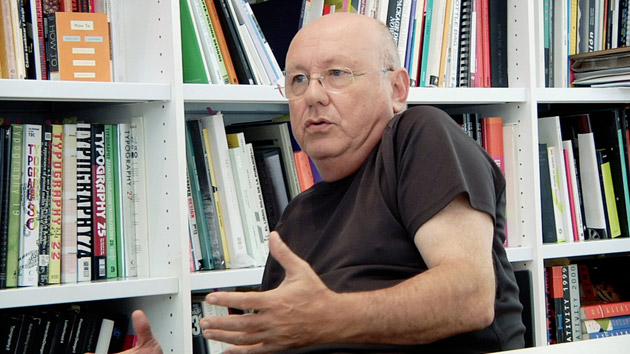
10 Tips from Creatives on Finding an Audience for Your Work

What has your experience been like finding an audience for your work? What challenges and unexpected surprises have you experienced along the way?
What strategies have you employed to find an audience and share your work? What has worked well and what hasn’t?
We have always asked ourselves where big companies would look for designers, and above all, those companies which we would like to work with; keeping in mind that we have never had salespeople or marketers dedicated to searching for potential clients and making visits.
Before the internet existed, I imagine that companies looked for designers in specialised journals, but, unfortunately, very few had international distribution and, furthermore, the number of projects that they could showcase was very small. Back then it was very difficult to show your work.
But then the internet arrived! And about ten years ago, the first blogs specialising in packaging appeared and we started sending them images. We had been doing packaging projects for some time, mostly for cosmetics and foodstuffs, and we decided to publicise them through these blogs. To our surprise, it worked wonderfully and we started getting calls from multinational companies that wanted to meet us and work with us. So then we not only knew where they were looking, but we learned what they wanted: creativity.
We had outlined a customer profile that interested us. Basically, these were companies that met three requirements:
1 · The design formed part of their strategy. That is, they knew how and why to use our work and they valued it.
2 · They provided us with interesting projects, in which we could develop all our skills.
3 · They had an international presence. Our work has two types of benefit: one, obviously, is the economic benefit, and the other is the company image. The latter is why new customers call you. No matter how good your work is, if nobody knows you, you’re lost. So it is important that the things you design cross borders, that they are sold and used in other parts of the world. It is fundamental for a certain professional reputation.
Do you have a favourite way to share your work? Why?
Are there any specific platforms you use to reach your audience and would recommend others use too? Why? (examples might include but are not limited to: Social Media, Behance, Portfolios, Local Gallery Events, Making Your Work available through Stock)
We have paid a lot of attention to our own website, which we always try to keep up to date, and we are on Facebook and on the most important packaging blogs. We are now designing a strategic plan to see what other platforms we could benefit from being present in. We recently started with Behance and it seems to be working, although it is still too early to be sure.
What advice or tips would you share with other individuals in your discipline for getting their work noticed by other people?
The first piece of advice I would give is not to overlook small projects. Any project is an opportunity to make an innovative, striking piece of work. In fact, it is usually easier to develop groundbreaking solutions with small customers than with large companies, which are highly conditioned by mass sales and by production and price limitations. Quite a few of the jobs that have given us notoriety are projects that we made for small businesses.
The second is that you have to have the discipline to make good photographs of the work.
Presentation is immensely important: images, texts, animations or films. The form is as – or even more – important as the content. Like it or not, this is the sign of the times. Moreover, it is one of the pillars of our profession: to communicate, to seduce.
When you started your career, did you have a specific audience in mind? Has that idea of who your audience would be been accurate?
When you start working, you don’t know much about companies and the market. At first, we didn’t have a clear idea of what a company was like and who our audience could be. We didn’t even think about an audience, back then it was enough for someone, whoever it was, to take notice of us and commission us for something. Then, as we discussed earlier, we were able to trace the ideal client profile. But it is something that takes time to define.
Both my partner, Alberto Cienfuegos, and I studied Industrial Design, but the practice gradually led us towards Graphic Design as well. After a few years, we realised that dedicating ourselves to both disciplines was very good for making packaging. We then thought, and this is what happened, that we could provide a complete design service, because we could offer both the graphic and the structural design, and, by doing so, ensure much more consistency in the final result. Principally, because it allows us to deal with both aspects – graphics and 3D – at the same time, from the very beginning, not one after another. I think that it’s something that international companies value very highly. Fundamentally, they call us because we offer structural design. And we prefer to do it that way – to design everything. The packaging is communication, and "the 3D communicates as much as, or even more than, the graphic element." The volumes, the textures, the materials... have a huge expressive capacity, very intense, even though they are not as explicit as the communication through texts or images, but it is more profound, and both must complement each other and have the same objective.
Full article in the following link: www.theblog.adobe.com/getting-noticed-10-tips-from-creatives-on-finding-an-audience-for-your-work
Nacho Lavernia (Lavernia & Cienfuegos Design) - 14 August 2017

Design Talk with Nacho Lavernia

Do you feel the future of design is completely digital?
Design is a creative method of problem solving that includes, and this is very important, the ability to communicate results visually. For some years, this method has used digital tools and, of course, it will continue to use them in the future. But digital technology is only a tool. The future of design lies, in addition to the traditional fields—such as product design or graphics (now extended to other types of digital media such as apps or video games)—in the development of social design, design thinking, or service design. And this is a result of the method, regardless of the tools used.
What do you feel the pros and cons are of digital techniques?
- Among the pros of digital techniques:
- The speed of implementation and seeing results.
- The speed of communication with the client.
- The speed of being able to see everything that has been done related to the subject we are working on.
- Greater expressive/communicative possibilities with very precise tools.
- Among its cons:
- Less time to do things. Computers have made project deadlines shorter.
- It eliminates some scope for reflection.
- It generates distance in the physical contact with what is being designed: with physical matter, with paper, with ink... the senses are less involved: touch, smell...
What do you feel the pros and cons are of analogue techniques?
Digital technology has broken down a barrier to accessing the profession. In the analogical era, learning to present a piece of work or make a final design required years of practice, during this time sensitivity developed as the profession was learned. Now the output from computers is technically perfect, it hardly requires any learning. But it is still necessary to learn (and teach) how to design, and it must undoubtedly be done in a different way.
As for the pros and cons, they are the opposite of the previous answer.
Which manual techniques do you still use? If yes, why?
Primarily drawing. The “tempo” is different. It forces you to reflect, because undoing mistakes on paper is much more difficult and expensive than with the computer, so you need to reflect and analyse what you are going to do before you do it. In the analogue world, there is a period of reflection and preparation to choose what you are going to do, and how. In the digital, you do and do, and then you choose. I do not think that either process is better than the other, but I think they are very different and, of course, give different results.
Nacho Lavernia (Lavernia & Cienfuegos)


